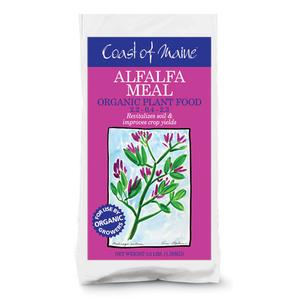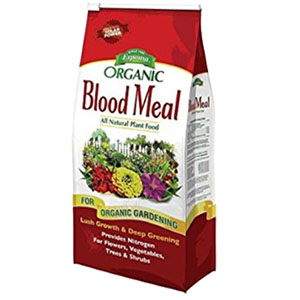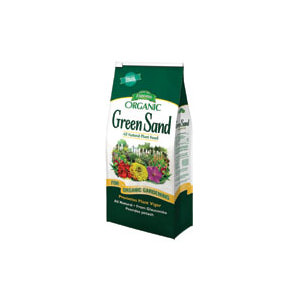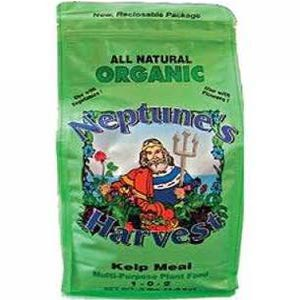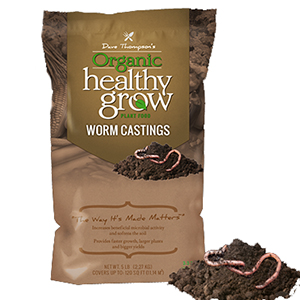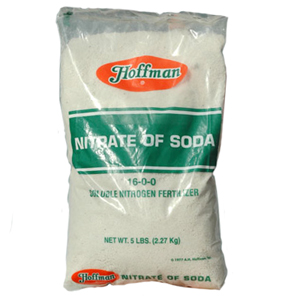Fertilizer is hardly a hot topic for winter, but stay with
me: This month’s tip bodes well for pre-planning your spring store needs.
It’s been a few years since several U.S. states passed laws to reduce and eliminate phosphorous content in lawn fertilizers. The grassroots efforts by many of you in your stores to explain the new reasoning have actually spawned some interest among consumers wanting organic and phosphorous-free fertilizers for their plants and flowers, too.
It’s been a few years since several U.S. states passed laws to reduce and eliminate phosphorous content in lawn fertilizers. The grassroots efforts by many of you in your stores to explain the new reasoning have actually spawned some interest among consumers wanting organic and phosphorous-free fertilizers for their plants and flowers, too.
Very few brand-name products are currently available to
fulfill this request. However, you can offer a solution that I had used many
years before.
Healthy Plants Are
Happy Plants
As a former hobbyist and former consulting rosarian for the
American Rose Society back in the 1980s, I learned quickly about the importance
of good soil, sticking to a spray schedule to prevent diseases and adding plant
nutrition regularly via organic fertilizers and supplements. Roses are heavy
feeders during their growing season and need a steady diet of foods to maximize
bloom production, basal breaks and re-bloom performance.
At the time, studies from both universities and independent trial
gardens had shown the connection between the frequency of food uptake and
overall plant health. A healthy and happy plant in the fall stands a much
better chance of surviving the harshest winter, even in Northern climates, and
re-emerging strong in spring. Plants that were installed correctly and fed
modestly also showed improved disease resistance.
The Magic Tonic
Back then just as today, no miracle tonic exists to make
your plants and flowers grow to their best. With bone meal or super phosphorous
being used only at the time of planting, I did what many gardeners chose to do:
craft their own “special sauce” for monthly applications during the growing
season. It was the balanced diet that made flowers larger, more colorful and longer-lasting
in the garden. Some rose hobbyists also used a monthly application of nitrate
of soda during the growing season to develop longer stems and promote leaf
growth for competition-worthy roses.
The base ingredient for any top dressing recipe included the
addition of humus, well-rotted manure (or dehydrated cow manure), alfalfa meal,
greensand, worm castings or compost, if available. The supplements included
dried blood, kelp meal, fish meal and even bat guano. These products didn’t
have a phosphorous analysis but were important for trace elements, minors and
slow, continuous feeding. It had to be organic and natural. These items are
still available today from manufacturers. In fact, Coast of Maine has recently
added many new organic products suited for high-quality plant foods or
supplements.
The Recipe Card
Garden experts, good secondary signage and point-of-purchase
(POP) materials are, unfortunately, a distant memory in most garden centers
today. But where there’s a will, there’s a way: You can still offer product
recommendations to maximize blooming power on your store signage. Consider it
the “cliff notes” for gardening.
Nobody has the time or inclination to read labels anymore, to
know what products can or can’t do. It’s 100 percent up to us to teach gardening/landscaping/groundskeeping
newcomers and show them how to be successful. It might start with your own
store’s plantings, but it certainly ends when your retail customer stares at 20-30
fertilizer selections on a gondola run and can’t even identify the plant they
have in their cart that needs feeding!
Teamwork Sells
Product
As I visit stores across the country, I often ask owners and
department managers what’s important to them and their customers. Some of these
associates are amazing specialists who love to garden themselves, but they may
be challenged to pinpoint what makes them successful – which makes it even
tougher to share those insights with customers.
If every team member in charge of their plant department
would pick two or three fertilizer items that are must-haves for the success of
their customers, and it was shared with every staff member including part-timers,
you would certainly increase your sales AND customer success figures. In many
cases, we’re only talking about 15-20 items, but this small exercise can make a
huge impact.


